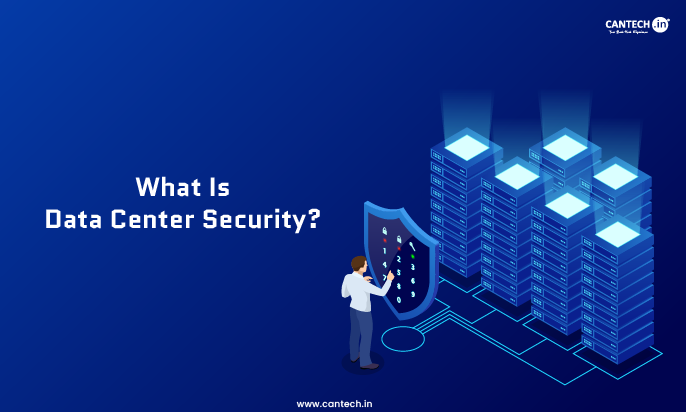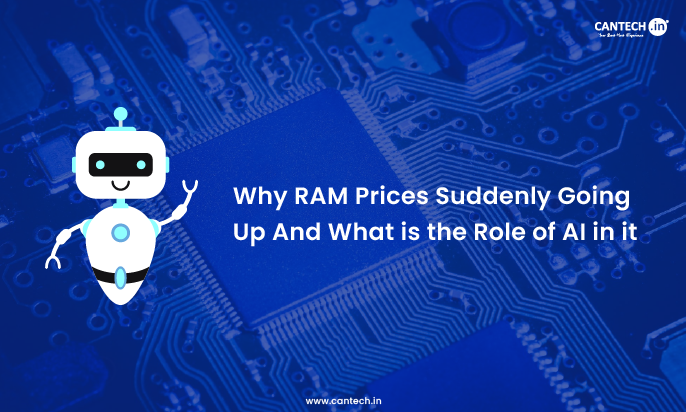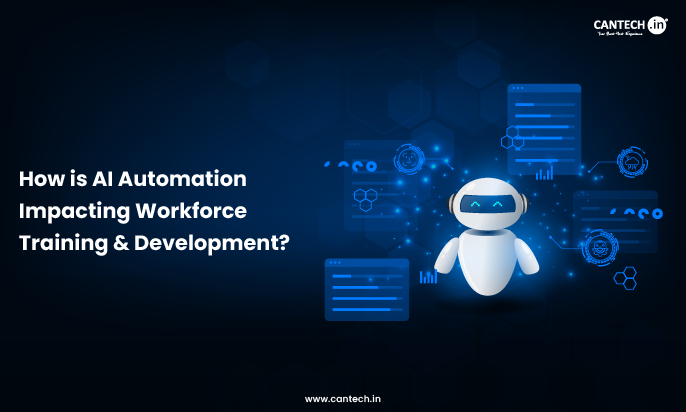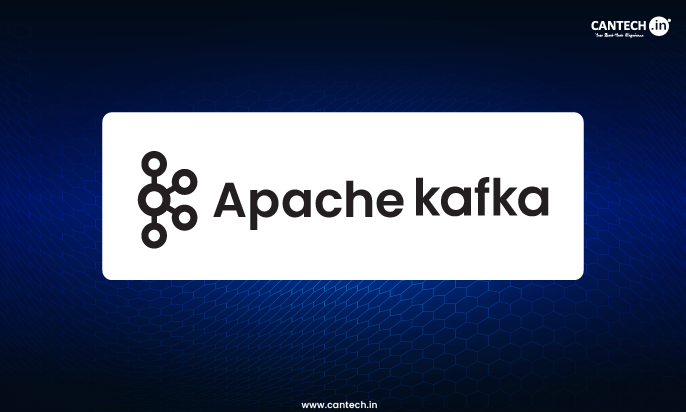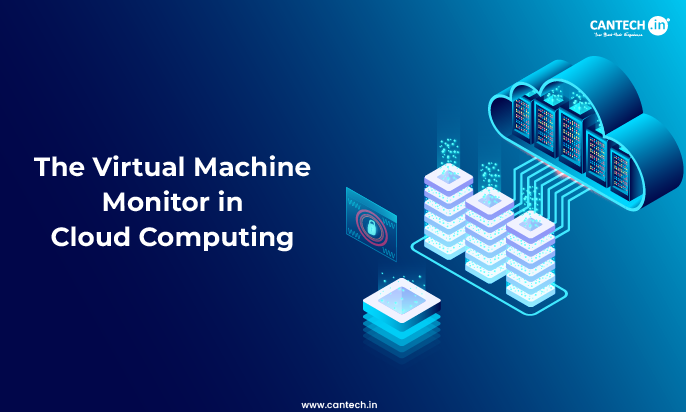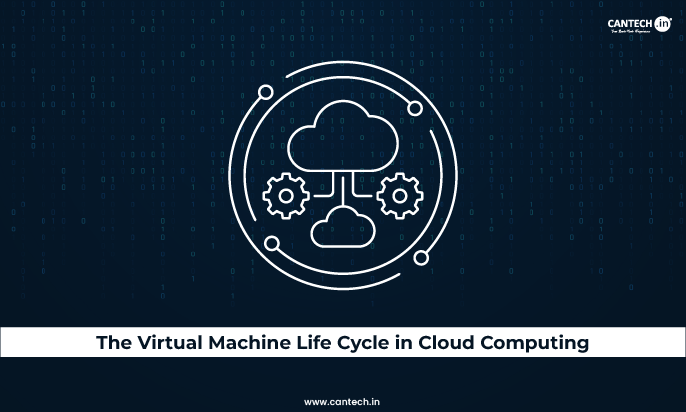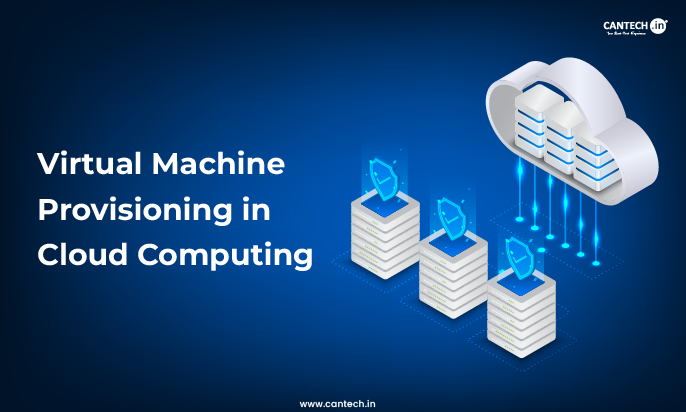In our increasingly interconnected world, data centers are the unsung facilities that enable nearly everything from your morning coffee order to sophisticated AI models. They are the lifeline of the digital economy and they store astonishing amounts of sensitive and confidential data. But to whom much is given, much is required, and much is at risk. And this is where data center security comes in as the digital Fort Knox, protecting the bedrock of our online existence.
So, what does data center security mean? At its heart, it is a multifaceted approach that includes preventative policies, protections, and different forms of technology that
safeguard a data center’s physical infrastructure and digital assets along with its operational integrity from unauthorized access, cyber threats, and environmental crises. It’s all about guaranteeing the security, integrity, and availability of data and applications, all the time.
What is a Data Center?
A data center is a facility constructed to support and manage an enterprise’s computer systems and components. These could be high-performing servers, large storage systems, and complex networking appliances all cooperating to parse, store, and broadcast gargantuan amounts of data. It’s about the secure, tech-enabled nerve center that supports everything from everyday commerce and web-based applications to global internet services, sophisticated analytics, and more.
In addition to the IT equipment, today’s data center is designed with layers of support infrastructure to provide high availability. This includes advanced power management systems with backup generators, controlled environments and fire suppression. This is frequently in line with particular Data Center Tiers based on levels of redundancy to guarantee that the availability is high and it is possible to accommodate outages. These are strong measures that emphasize the need for physical security to protect the precious digital assets it holds inside.
Data centers can be on-premises or Cloud Security offerings operated by third parties. Any such computing device needs strong operational security standards and a strong data security model, encrypted keys and no digital possibility of unauthorized segments. Taken together, these make up what a data center really is: a safe, efficient, and flexible environment that is fundamental to the performance and privacy of our increasingly digital world.
Read More : What is data center?
Why Data Center Security Matters More Than Ever?
Data centers are always vulnerable to hackers. A successful breach may result in complete digital destruction: significant financial loss, tarnished reputation, incredibly hefty regulatory fines (think HIPAA, GDPR, PCI DSS), as well as rock bottom services if we are to go on. The data center is under attack in more ways than ever before, from DDoS attacks that can flood a network to Advanced Persistent Threats (APTs), ransomware and insider threats to physical theft or sabotage. With advancing technology, so too come the threats, so secure, dynamic security solutions are vital.
Glossary: Advanced Persistent Threats (APTs) are sophisticated, targeted cyberattacks characterized by their stealth, persistence, and long-term nature.
Satisfying data center security requirements is not only a best practice but also a legal or business necessity for many companies. Industry standards such as ISO/IEC 27001, SSAE 16 (SOC 1, 2, and 3), PCI DSS, and NIST 800-53 offer a framework of how an organization should build, maintain and improve security, providing clients and partners with a greater level of comfort.
The Pillars of Protection: A Multi-Layered Security Strategy
Effective data center security is never a single solution but a symphony of integrated measures across various domains.
Physical Security: The Front Line of Protection
Imagine a fortress. That is, essentially, what physical security at a data center tries to be. This base layer safeguards the physical equipment against unauthorized access, theft, and environmental disturbances.
- Access Control: This is paramount. Actions include multi-factor authentication (MFA) through biometric scanners (fingerprint, iris, facial recognition), keycards, and PIN codes, as well as the proper use of visitor management systems. It is an extremely secure location, with access restricted to personnel with varying degrees of authorised access to various areas.
- Perimeter Security: Tall fences, security gates, bollards and controlled entry zones to keep the bad guys out. And it’s not unusual for facilities to hire round-the-clock security guards, who frequently are former military or law enforcement, to watch over the property and respond to incidents.
- Surveillance: Wide networks of video material and high-res CCTV cameras and smart analytics keep a watchful eye on the entire facility, both inside and out. Real-time alerts from motion sensors and alarm systems on any unauthorized activity.
- Environmental Systems: Multi-layer on-premises security, fire detection and suppression (think inert gas systems that won’t damage gear), precision cooling, and redundant power (UPS, generators) are all essential. They enable them to guard against potential damage-causing breaches in data availability.
- Data Center Tiers: These established classifications (Tier I to Tier IV, defined by the Uptime Institute) directly relate to the resilience and, by extension, the physical security of a data center. A higher tier signifies greater redundancy, fault tolerance, and security measures, guaranteeing higher uptime and a more secure environment.
Network Security: Guarding the Digital Gates
Once within the digital fence, the network security guard protects the roads the data transits. This is the level that blocks cyberattacks or unauthorized digital entry.
- Firewalls: They serve as the first line of defense, examining all incoming and outgoing network traffic, and comparing that against a set of predefined rules, to determine whether a malicious attempt to access is being made or not. The second-generation firewalls have more stateful inspection capabilities with native application awareness.
- Intrusion Prevention Systems (IPS): IPS have been developed from IDS to actively examine the network and traffic in order to identify known attack signatures, abnormal traffic patterns or simply anomalous behavior. By identifying threats, an Intrusion Prevention System (IPS) has the ability to automatically shut down the nefarious traffic, connections, or even content, acting as an automated digital bouncer.
- DDoS Protection Tools: Distributed Denial of Service (DDoS) attacks seek to flood a network or server with more traffic than it can accommodate, taking a service offline. DDoS protection products are required to identify, receive and process this traffic to let in actual users, not traffic.
- Virtual Private Networks (VPNs): Provide secure remote connectivity to the data center network, forming encrypted tunnels over public networks. This guarantees that the communication between far-away users or sites communicating with the data center is kept private and protected against eavesdroppers.
- Network Segmentation: Dividing the network into smaller, isolated segments (micro-segmentation) limits the lateral movement of threats. If one segment is compromised, the damage is contained, preventing a breach from spreading across the entire data center.
Data Security: Protecting the Crown Jewels
Data security focuses on protecting this information throughout its lifecycle, at rest, in transit, and in use.
- Encryption: This is fundamental. Data should be encrypted “at rest” (which means when it’s stored on servers, databases, or storage devices) and “in transit” (when it’s moving across networks). Encryption jumbles up data so it is unintelligible to anyone who doesn’t have the proper decryption key.
- Logical Access Controls: In addition to physical access, there are also very tight logical access controls for determining who can access what data and systems. This includes “least privilege” (don’t let them see anything more of SharePoint than they need for their role) and strong Multi-Factor Authentication (MFA) as standard for all logins to the system.
- Data Loss Prevention (DLP): DLP solutions prevent sensitive data from moving outside of the data center or being misused and hijacked. They develop protected information and procedures to ensure that it is not wrongfully transmitted.
- Backups: Should an unexpected data corruption, accidental deletion or catastrophic security incident occur, robust backup plans and well-practiced disaster recovery protocols are those that will allow data to be restored quickly and efficiently.
Operational Security: The Human and Process Element
But even the most sophisticated technology is vulnerable to human error or loose procedures. Operational security involves setting guidelines, policies and human training necessary to secure an environment.
- Training & Staff Awareness: A well-informed staff is the best protection. Frequent security awareness training for staff, simulated phishing schemes, and set procedures for dealing with sensitive information have never been more essential to address insider threats and human mistakes.
- Vulnerability Management & Patching: Ensuring all vulnerabilities are continuously monitored and promptly patched or updated for installed hardware, software, and firmware should be non-negotiable. Outdated systems are easy targets.
- Incident Response Planning: A thoroughly rehearsed incident response plan is essential. This spells out actions to identify, contain, eradicate, recover, and Learn from incidents, successfully reducing downtime and harm.
- Auditing and Logging: Extensive logging of all system activity, access attempts, network traffic etc. and regular security audit can be used to detect any irregular behaviour and investigate any breach.
Cloud Security: Navigating Hybrid Environments
There are many data centres nowadays that run in hybrid or multi-cloud scenarios. Cloud security applies principles from both on-premises data center security, at every layer, physical, network, infrastructure, application, and it is common to involve a shared responsibility model, which is how some platforms work in a way that the cloud provider will be responsible for securing their underlying infrastructure and leaving customer to secure what gets deployed inside that infrastructure.
- Identity and Access Management (IAM): Important for managing user identities and rights to access any cloud based services.
- Cloud Firewalls & Security Groups: Virtual firewalls and network restrictions in the cloud.
- Encryption: Securing data at rest and in transit in cloud computing.
- Continuous Monitoring & Compliance: Solutions for true real-time visibility and assurance that you are compliant while in the cloud.
The Latest Data Center Security Tech & Solutions
The data center security technology space is continually changing. More than the infrastructure devices, a combination of higher level of advanced functionalities are also used:
- Artificial Intelligence (AI) and Machine Learning (ML): Utilized for sophisticated anomaly detection, threat prediction, and automated response, including signature-less detection of zero-day threats.
- Zero Trust Architecture: A paradigm inverting the mindset “trust but verify” to “never trust and always verify.” Each user, device, and application, whether local or remote, is always checked in and authorized before being granted access.
- Security Information and Event Management (SIEM) : Collects, processes, and analyzes log (and sometimes event) data from the entire infrastructure, allowing better visibility into the security status of the environment for faster detection of security incidents.
- Security Orchestration, Automation, and Response (SOAR): Automates those repetitive security tasks, then orchestrates complex workflows including incident response processes, freeing analysts to focus on more critical work.
Choosing a Secure Partner: More Than Just Rack Space
When a business selects its data center, it has to select the one that will keep data secure. Seek data center security provider that:
- Demonstrate that they comply not only with the industry-specific requirements but global requirements as well.
- Be publicly transparent in their security policies and frequent auditing by a third party.
- Invest in new technology in the security of data centers.
- Use well trained security personnel and experience a good track record on how to handle incidents.
- Provide service tiers in order to enable you to pick the option of the level of availability and security you want.
Benefits of Data Center Security Solutions
1. Data Protection and Integrity
Strong data center security solutions provide a solid barrier around your most important digital assets. By using measures like data security protocols, including encryption both at rest and in transit, and strict access controls, sensitive information is protected from unauthorized access, theft, or corruption. This layered defense keeps your proprietary data, customer information, and intellectual property confidential, preventing bad actors from jeopardizing your valuable digital resources.
Additionally, these solutions ensure the integrity and availability of your data, which are key parts of the CIA triad (Confidentiality, Integrity, Availability). With Intrusion Prevention Systems (IPS) actively watching for threats and DDoS mitigation tools blocking serious attacks, your data stays accurate and available when you need it. This careful protection is essential, making sure that the information supporting your operations is trustworthy and safe, forming the foundation of trust in your digital infrastructure.
2. Ensured Business Continuity and High Availability
A key benefit of complete Data Center Security Solutions is the guarantee of smooth business operations. By actively reducing risks from cyberattacks, physical break-ins, and environmental disasters, these solutions greatly lower the chances of costly downtime. Features like backup power systems, effective cooling, and strong physical security directly support the stability and ongoing operation of IT infrastructure.
Additionally, using network security tools like managed firewalls and dependable Virtual Private Networks (VPNs) for safe remote access creates a strong operational environment. If an incident occurs, clear operational security protocols, such as incident response plans and regular backups, allow for quick
3. Compliance with Regulatory Standards and Laws
Navigating the complex world of global and industry-specific regulations is a major challenge for any organization. Strong Data Center Security Solutions are crucial for meeting and maintaining compliance with various legal and regulatory requirements. These include strict standards like HIPAA for healthcare data, PCI DSS for payment card information, GDPR for personal data protection, and several mandates from governments and industries.
By carefully following these security frameworks, data centers show their commitment to protecting sensitive information. This compliance helps avoid large fines and legal issues that can arise from violations or data breaches. It also lays a solid foundation for internal governance. Additionally, in specialized environments, features related to Data Center Tiers help assure clients that their data is stored in facilities that meet high reliability and security standards.
4. Improved Reputation and Customer Trust
In today’s digital economy, a company’s security approach affects its brand reputation and customer loyalty. Investing in strong Data Center Security Solutions shows a genuine commitment to protecting customer data and privacy. This commitment sets businesses apart. When customers see that their sensitive information is handled carefully and secured by top industry practices, their trust in your services and brand increases significantly.
On the other hand, a major data breach can harm a company’s reputation, resulting in loss of customer confidence, negative publicity, and reduced market share. By actively preventing such incidents with clear data center security requirements and modern data center security technology, businesses not only protect their operations but also strengthen their image as trustworthy and responsible organizations. This proactive strategy builds long-term relationships based on reliability and trust.
The Bottom Line: The Unending Journey of Security
Data center security isn’t fixed; it is a continual and evolving process. As cyber threats grow more complex and data amounts increase, security measures need to improve as well. By adopting a layered, flexible, and people-focused approach, organizations can create strong defenses that not only endure cyber challenges but also build trust and maintain the continuity of our data-driven lives. Protecting your data center involves more than just stopping breaches; it is about securing the future.
FAQs
What is the main principle of a Zero Trust Architecture in data center security?
Zero Trust follows the principle of “never trust, always verify.” It assumes that no user or device, whether inside or outside the network, can be trusted by default. This requires continuous authentication and authorization for every access attempt.
How do Intrusion Detection Systems (IDS) differ from Intrusion Prevention Systems (IPS)?
An IDS monitors network traffic for suspicious activity and alerts security personnel. An IPS takes it further by actively blocking or preventing detected threats in real time; it serves as an enforcement point.
What is the main function of SIEM and SOAR platforms in a data center’s security operations?
SIEM (Security Information and Event Management) collects and analyzes security logs from various sources. This provides a centralized view and helps detect anomalies. SOAR (Security Orchestration, Automation, and Response) automates repetitive security tasks and coordinates incident response workflows based on SIEM alerts.
Explain the difference between “encryption at rest” and “encryption in transit” for data center security.
Encryption at rest protects data stored on physical devices, like hard drives or SSDs, when it’s not being used. Encryption in transit secures data as it moves across networks, for example, between servers, user devices, or cloud services. This typically uses protocols like TLS/SSL or VPNs.
What is micro-segmentation, and how does it improve network security within a data center?
Micro-segmentation divides a data center network into isolated, smaller security segments that can go down to individual workloads. This greatly limits the lateral movement of threats by applying strict security rules between segments, containing breaches to a very small area.
